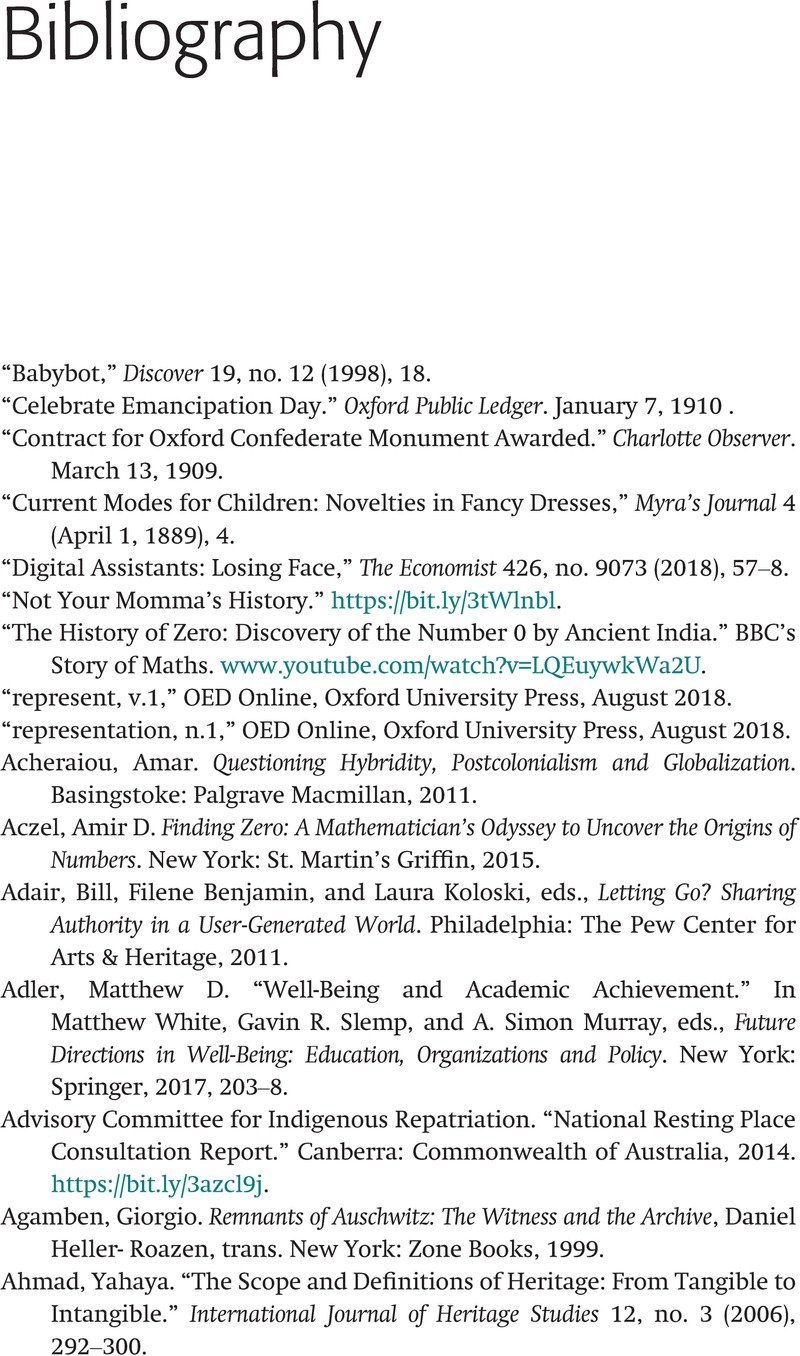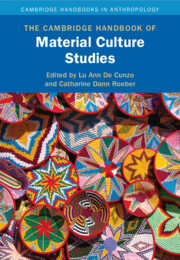Book contents
- The Cambridge Handbook of Material Culture Studies
- Cambridge Handbooks in Anthropology
- The Cambridge Handbook of Material Culture Studies
- Copyright page
- Dedication
- Contents
- Figures
- Tables
- Case Studies
- Contributors
- Acknowledgments
- 1 Suitcases, Selfies, and the Global Environment
- Part I Scholarly Genealogies
- Part II Relevant Pasts
- Part III Engaging Across Cultures and Around the Globe
- Part IV Cultural Production and Reproduction
- Part V Experience
- Part VI Materiality and the Digital World
- Bibliography
- Index
- References
Bibliography
Published online by Cambridge University Press: 02 June 2022
- The Cambridge Handbook of Material Culture Studies
- Cambridge Handbooks in Anthropology
- The Cambridge Handbook of Material Culture Studies
- Copyright page
- Dedication
- Contents
- Figures
- Tables
- Case Studies
- Contributors
- Acknowledgments
- 1 Suitcases, Selfies, and the Global Environment
- Part I Scholarly Genealogies
- Part II Relevant Pasts
- Part III Engaging Across Cultures and Around the Globe
- Part IV Cultural Production and Reproduction
- Part V Experience
- Part VI Materiality and the Digital World
- Bibliography
- Index
- References
Summary

- Type
- Chapter
- Information
- The Cambridge Handbook of Material Culture Studies , pp. 632 - 718Publisher: Cambridge University PressPrint publication year: 2022

